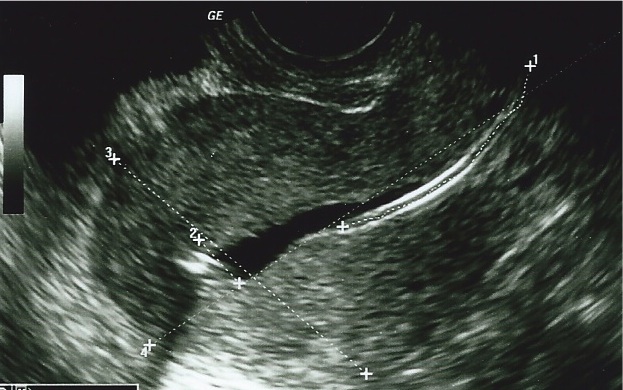Diagnostic Services
Our doctors at Family Beginnings perform several diagnostic services that assist with infertility assessment.
Read more about these procedures below:
The Endometrial Receptivity Assay (ERA) assesses the “implantation window”. It’s assumed that there is an optimal time for embryos to implant. If the embryo is present in the uterus before or after this window of time, it may not implant. The diagram below shows the pre-implantation window, the implantation window, and the post implantation window. The ERA checks for over 270 molecules that are associated with optimal implantation. It makes sense that all patients are unique and will respond differently to the typical frozen embryo transfer protocol. Why should we force everyone to do the same protocol? The ERA lets us optimize this for each individual patient by doing a mock cycle, where we do an endometrial biopsy at 120 hours of progesterone.
The second diagram below shows a few sample reports. The first report shows an optimal time for implantation one day earlier than expected. For this patient, a Day 5 embryo needs to be implanted on Day 4. The middle report shows an endometrium right on target at 120 hours of progesterone, and the bottom report shows a lining shifted 12 hours.
We feel that this test provides actionable information.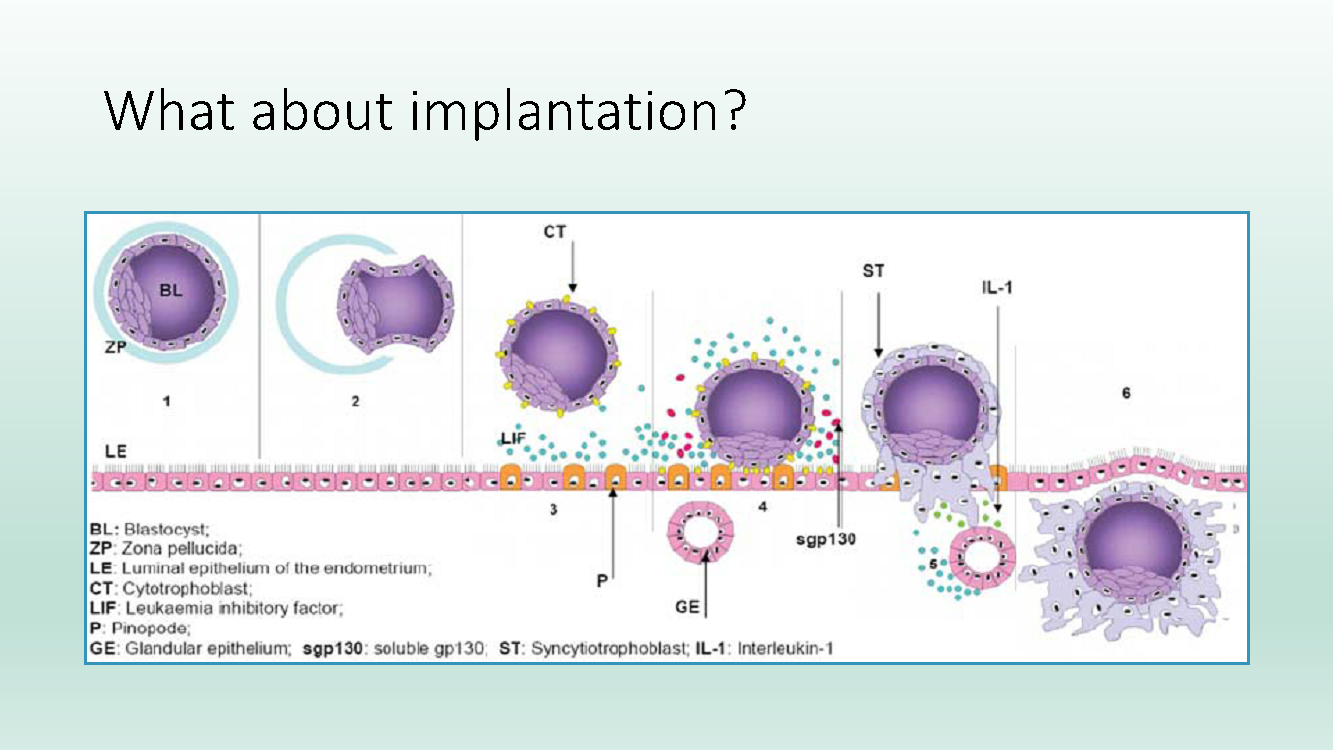
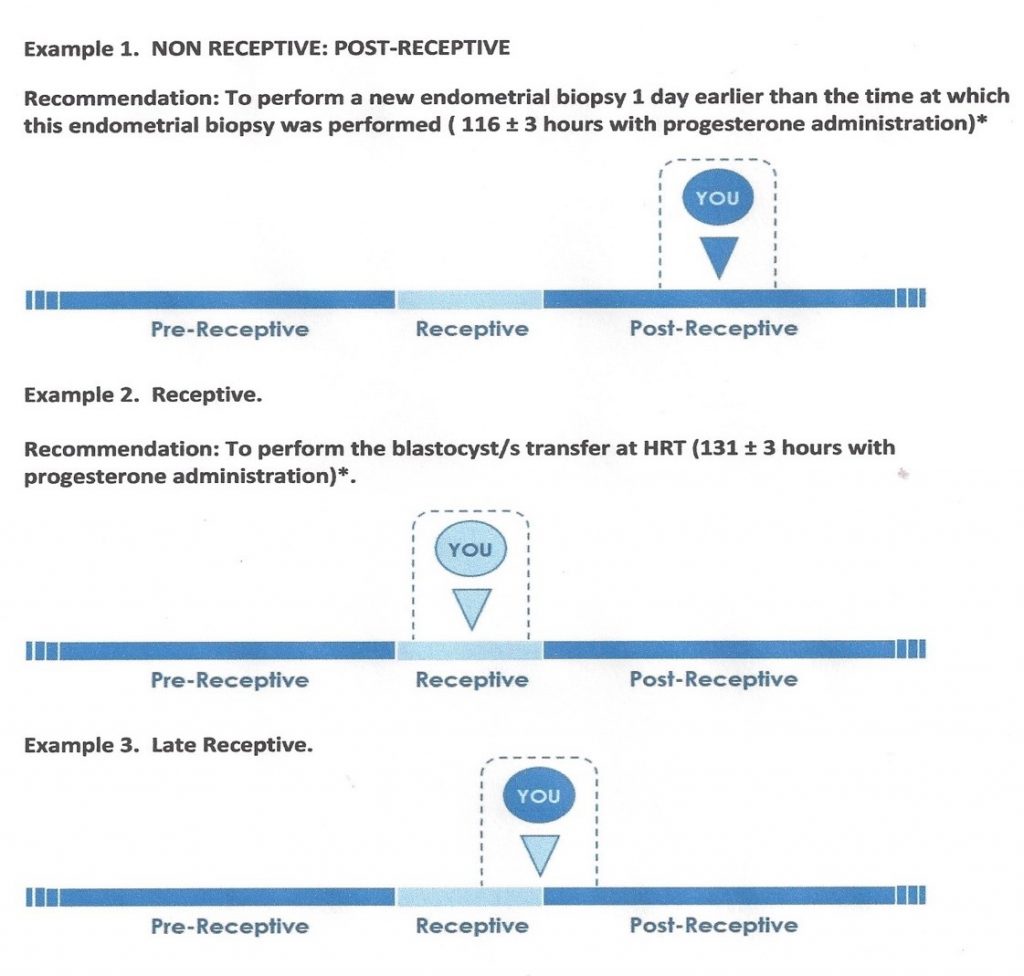
A hysterosalpingogram (HSG) is a diagnostic procedure that uses an x-ray to view the uterus and fallopian tubes. It will show the uterine cavity filled with dye and any defects like fibroids, polyps, septae, or scar tissue will be visible. It will also show if the fallopian tubes are open or closed. If a patient has dilated fallopian tubes, the chances to get pregnant with IVF go down. The tubes may have to be excised through laparoscopy.

A hysteroscopy is a surgical procedure where the doctor passes a fiber-optic instrument through the cervix to view the inside of the uterus and fallopian tubes. The doctor can then remove polyps, adhesions, and fibroids. Hysteroscopy is referred to as the “Gold Standard” test because it allows the doctor to see the entire uterine cavity.
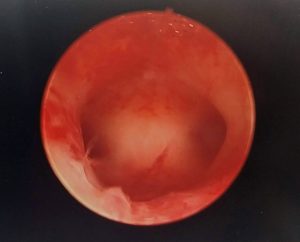
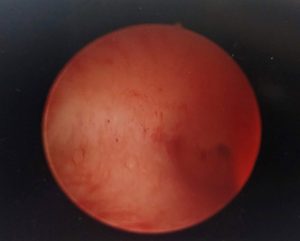
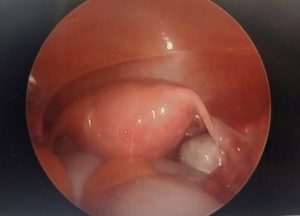
A laparoscopy is a surgical procedure where the doctor passes a fiber-optic instrument through the abdomen to view the outside of your uterus, fallopian tubes, and ovaries. If you have signs and symptoms of endometriosis or pelvic pain, a laparoscopy may help treat as well as diagnose the condition.
A saline infusion sonogram (SIS) is a diagnostic procedure where the doctor uses saline and an ultrasound to look for polyps or fibroids in the uterus. Saline is injected into the uterine cavity through the cervix, and any defects present are seen by transvaginal ultrasound. The ultrasound will also show if the uterus is tilted, which gives us important information for your eventual embryo transfer. This is a trial embryo transfer. Studies have shown that this technique is very important for IVF success.
